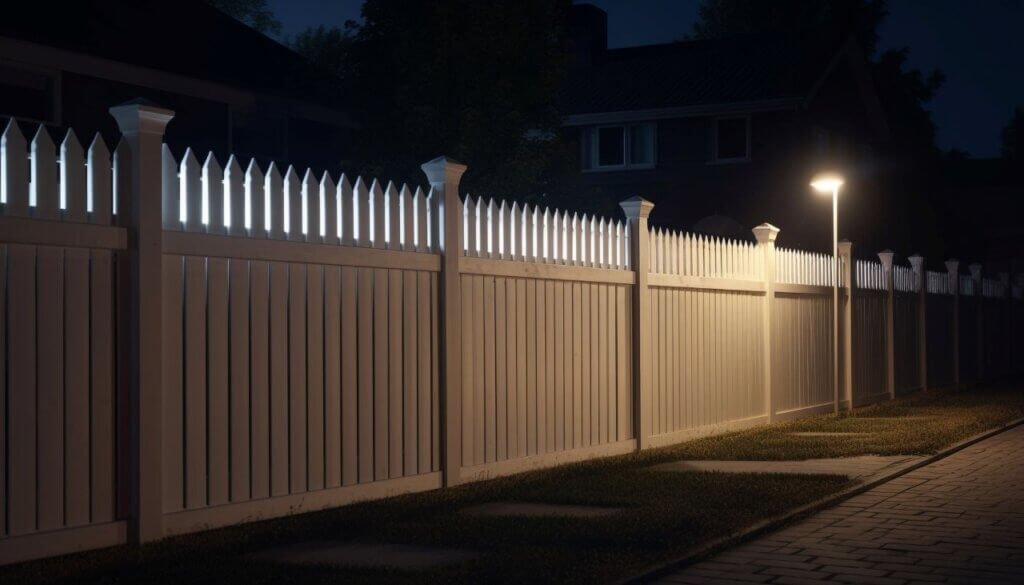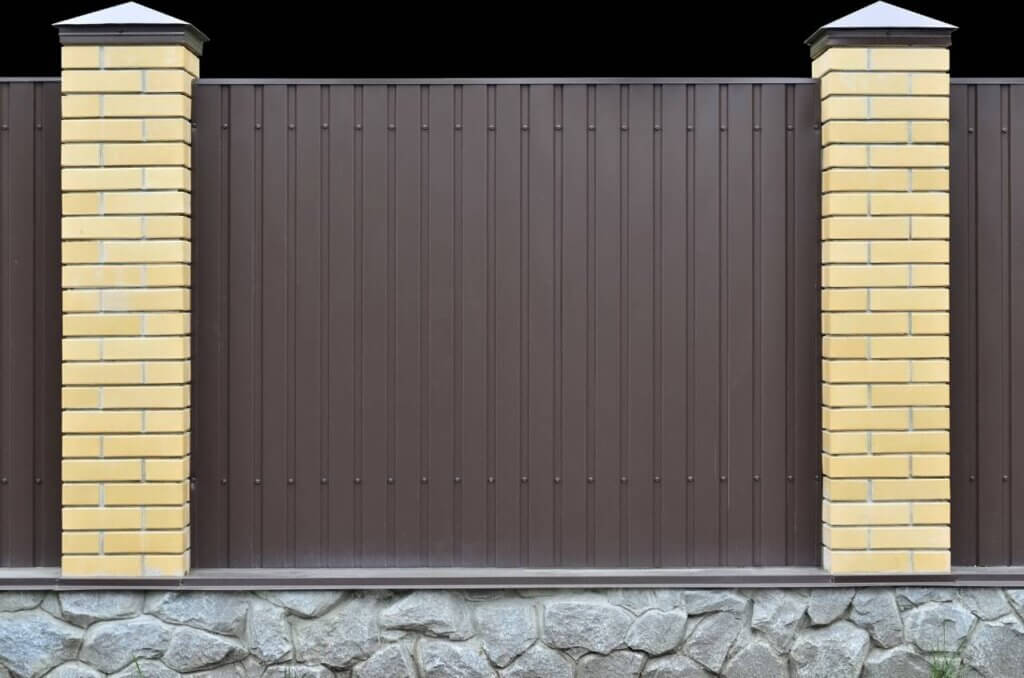How to Prevent Rats Under Decking
If the idea of having rats under your decking makes you shiver, don’t worry. We’ll let you know the signs
Products in Stock
Lowest Prices
Express Delivery
10-Year Warranty
Early April Sale. Up To 15% Off.

A good fence can make good neighbours, but it’s important to understand the rules surrounding fence height in the UK. If you’ve been pondering how high you can build that new fence without attracting unwanted attention from the local council, this guide is for you. We’re going to take a look into the specific regulations, offer practical tips, and hopefully inspire you to create a boundary that’s both beautiful and compliant. Let’s dive in!
The rules around fence heights aren’t as straightforward as you might think, and tend to vary based on several factors including the type of fence, where it’s located, and even your neighbours. Let’s break down the regulations bit by bit so you’re in the know before you start building.
In general, fences in your back garden can be up to 2 metres (around 6.6 feet) high without requiring planning permission. This is the standard height for most garden fences, providing privacy without feeling oppressive.
Things are a little different when it comes to the front of your property. If your fence borders a public highway or footpath, the maximum height without planning permission is typically 1 metre (about 3.2 feet). This lower height ensures visibility and safety for pedestrians and drivers.
Boundary fences are those that mark the division between your property and your neighbour’s, and these fences are also generally limited to a maximum height of 2 metres without planning permission. However, there are exceptions if you have a written agreement with your neighbour, or if the fence replaces an existing one that was already higher.
The type of property you own and its location can also affect fence height regulations. For instance, if you live in a conservation area or your property is listed, there may be additional restrictions.
If you want to build a fence that exceeds the permitted development heights, you’ll need to apply for planning permission from your local council. This involves submitting a detailed application and paying a fee, which is typically £258.
Even if you’re within the permitted development limits, it’s considerate to discuss your fence plans with your neighbours beforehand, as this helps avoid any disputes or misunderstandings down the line.
Think about how the height of your fence will impact the overall look and feel of your outdoor space. A tall fence may provide privacy but could also create a sense of enclosure. Consider the practicality too – will a higher fence block out too much light, or make it difficult to access certain areas of your garden?

Fence height regulations might vary slightly between local councils, so it’s essential to check the specific rules in your area. You can find this information on your council’s website or by contacting their planning department.
Open communication with your neighbours is also a good idea to avoid any disagreements. Discuss your fence plans with them early on, and be willing to compromise – within reason – if necessary.
If you’re unsure about the regulations or the installation process, consider hiring a professional fencing contractor – they’ll be able to advise you on the best materials while also ensuring that your fence is built to the correct height and specifications. For instance, modern composite fence panels offer a stylish and durable alternative to traditional wooden fencing, and have the added bonus of being eco-friendly.
Once your fence is installed, it’s important to keep it well-maintained. Regular cleaning and repairs will not only keep it looking its best but also help to prolong its lifespan.
Understanding fence height regulations in the UK can seem a bit complex – who doesn’t love a bit of good old-fashion British bureaucracy! – but with a bit of research and planning, it’s easy to ensure your new fence is both beautiful and compliant.
Remember, a well-chosen and properly installed fence can enhance your property’s value, provide privacy and security, and create a beautiful backdrop for your outdoor space – so take the time necessary to ensure you’re getting it right. You should also take the time to calculate how much fencing you’ll need when you start building, to avoid any surprises down the line. And if you’re considering replacing your old fence or installing a new one, why not explore the benefits of composite fencing? It’s durable, low-maintenance, and offers a sleek, modern aesthetic that will complement any home.

Our sample pack contains a sample piece of each colour currently available. Order your free sample pack today to compare the colours and get a true feeling of the Dino Decking range!
If the idea of having rats under your decking makes you shiver, don’t worry. We’ll let you know the signs
If you’re looking for a way to make your outdoor space truly special, our decking steps ideas can help you
Business hours
Monday: 09:00 – 17:30
Tuesday: 09:00 – 17:30
Wednesday: 09:00 – 17:30
Thursday: 09:00 – 17:30
Friday: 09:00 – 17:30
Saturday: Closed
Sunday: Closed
Contact us
01942 355968
support@dino.co.uk
Collection Address: Unit 1 Wetheral Close Hindley Ind Estate Wigan Greater Manchester North West WN2 4HS
Pages
Products
Testing
Copyright 2025 Dino Decking Ltd All Rights Reserved.
VAT Number: GB296097848.
Company Number: 10837233.